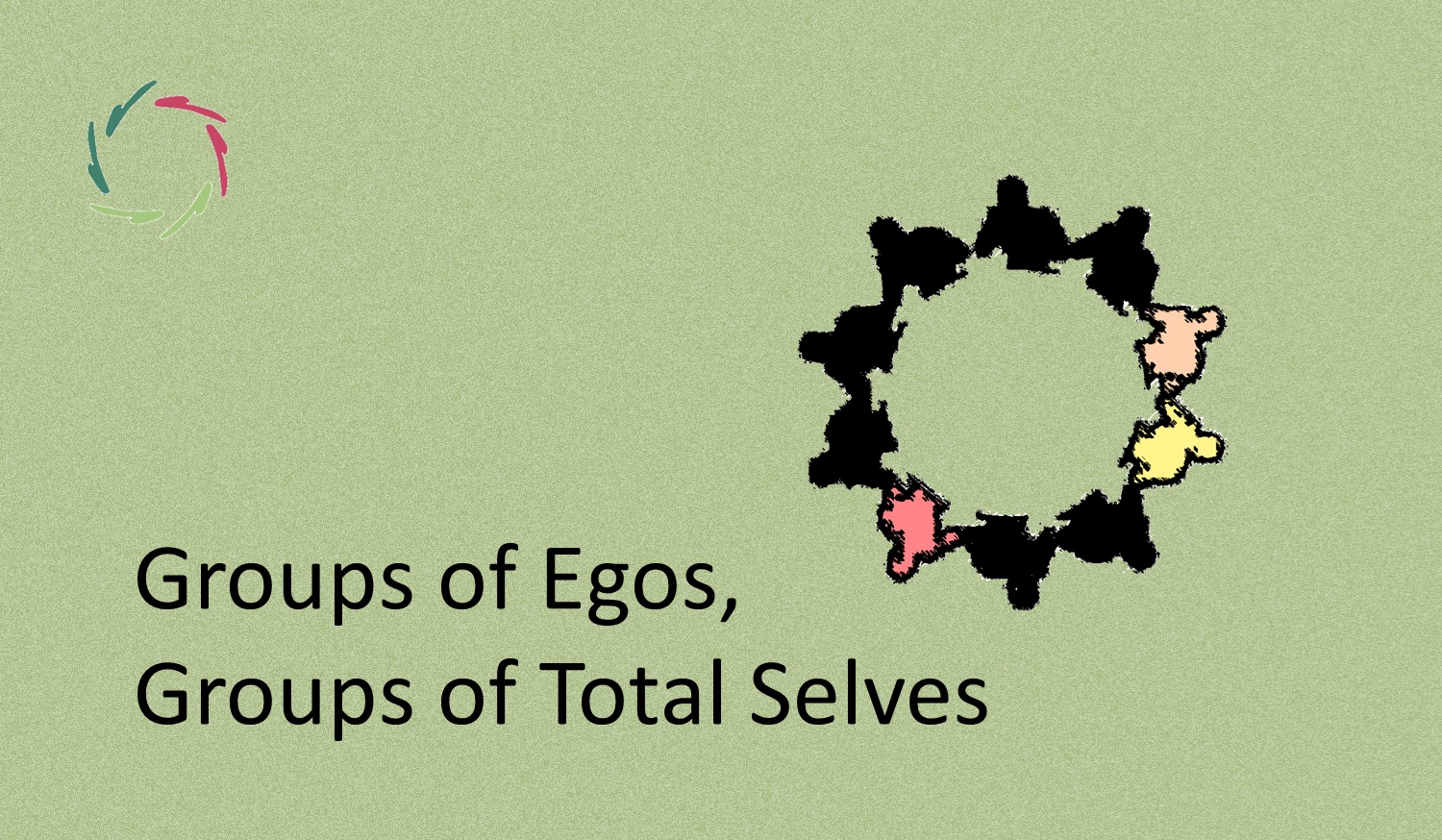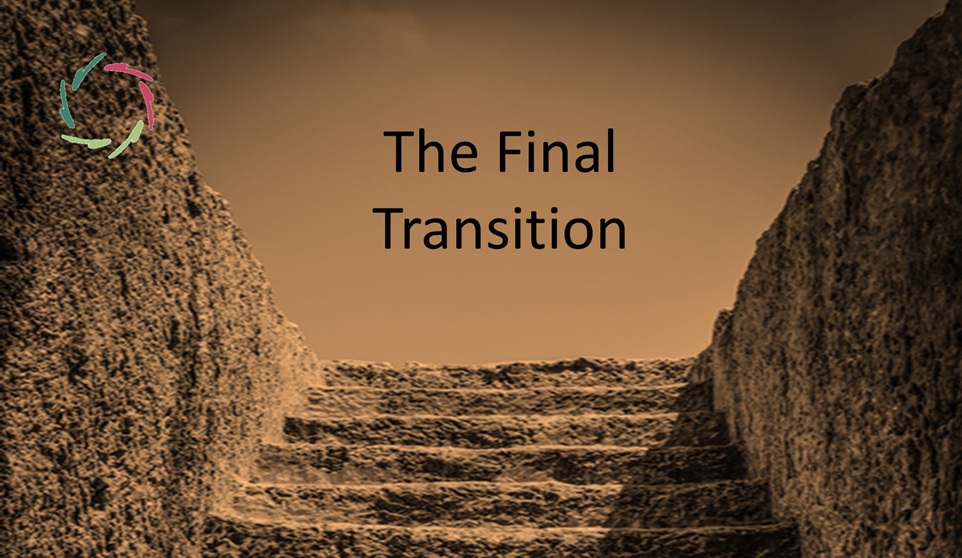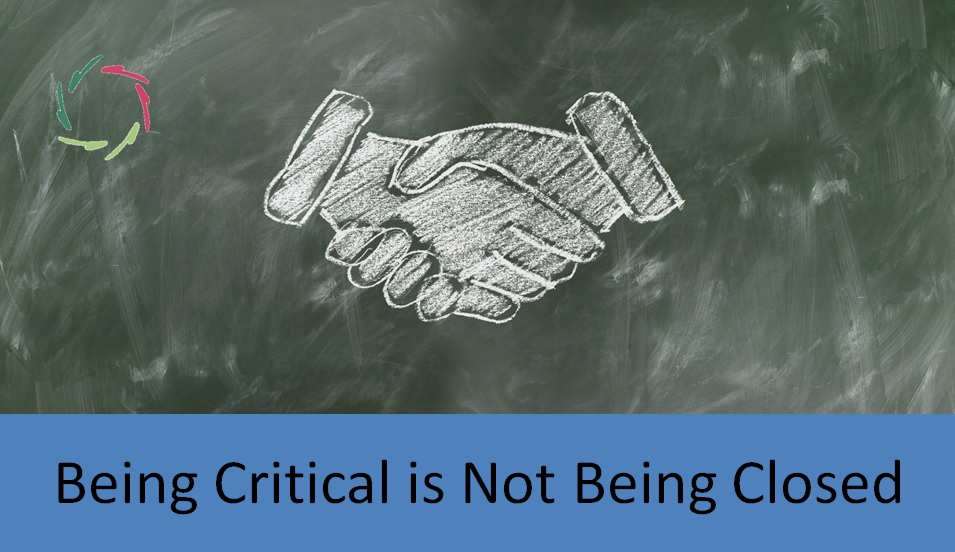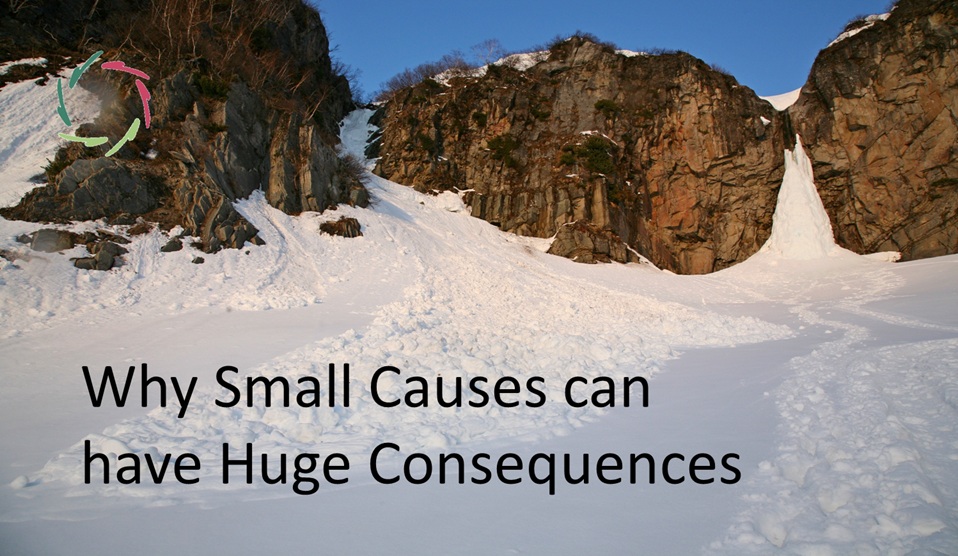Groups of Egos, Groups of Total Selves

Groups of egos may show empathy — primarily towards the ingroup, often at the cost of the outgroup. This selective empathy often reinforces division, creating a false sense of unity within the group while fostering hostility toward those outside it. Groups of total selves naturally lean toward a more Compassionate approach.
The consequence is a different world. This is not to accuse anyone of being merely ego-driven. Understanding the dynamics of ego and self is crucial in recognizing the potential for growth in every individual and group.
The need of an enemy
A mere ego, detached from the deeper self, perceives this inner depth as an enemy — a dark, unknown force that sometimes acts in opposition to the ego. This internal conflict can manifest as fear.
To make sense of itself as a personhood, nevertheless, the ego is driven to find this enemy elsewhere — this is, to project it onto an external entity. Such projection not only distorts reality but also perpetuates the cycle of conflict and alienation. A good candidate is another person. For a group, a good candidate is another group or, at least, its leadership.
But eventually, anything can serve as the enemy: a virus, an ideology, or even an in-group (‘fifth column’). This flexibility in choosing an enemy highlights the underlying need for an external target, rather than any inherent threat.
This indicates that the enemy is actively sought.
It’s not just that, unfortunately, an enemy comes along. The enemy is actively sought to diminish internal cognitive dissonance by externalizing it.
Too bad that this frequently leads to war, the insane killing of many innocents, the seeking of revenge, and the creation of very long-time enemies.
The belief that “we must defend ourselves against our enemies” is both correct and nonsensical.
A group of egos exploits the concept of the enemy.
Such exploitation is a tactic to unify the group. This is especially dangerous. The enemy is needed to keep the group together and internally motivated to energize each other, but it ultimately sows the seeds of further discord.
Just look around. You will easily find examples. The strangest part is that this isn’t immediately apparent to those involved. This blindness to the underlying dynamics reveals how deeply ingrained these patterns are, often going unnoticed until it’s too late.
Moreover, this insight is often met with fierce opposition. Such opposition is a defense mechanism of the ego, resisting any challenge to its perceived reality. The one who dares to point it out is seen as a traitor or even as a ‘collaborator with the enemy.’ In a deeply symbolic way, this isn’t even far from the truth.
Yet, this insight is precisely what we need most.
Understanding these dynamics is crucial for transcending the destructive cycles that have plagued humanity. Meanwhile, humanity is getting more and more means to destroy and self-destroy. This makes Compassion increasingly urgent.
This is why I continue to emphasize these points. It’s also why I believe in the urgent need for Compassionate A.I. Compassionate A.I. could potentially guide humanity toward a more harmonious future, free from the limitations of ego-driven thinking. With ego-human-centered A.I., we’re not going to succeed as a species. It’s destined to lead us further toward our demise.
Let’s embrace this crucial challenge and move forward.
The challenge is not just technological but deeply human, requiring a transformation in how we relate to ourselves and others.
A group of any kind is self-reinforcing in its kind. This means that every effort in any direction is also self-reinforcing. The way to change the whole is bit by bit and sometimes a bigger chunk — no reason to despair but be patient and continue going forward.
As a collective, we must move toward a more Compassionate future. This journey toward Compassion is not just for individuals but for humanity, as we face increasingly complex and interconnected challenges.


